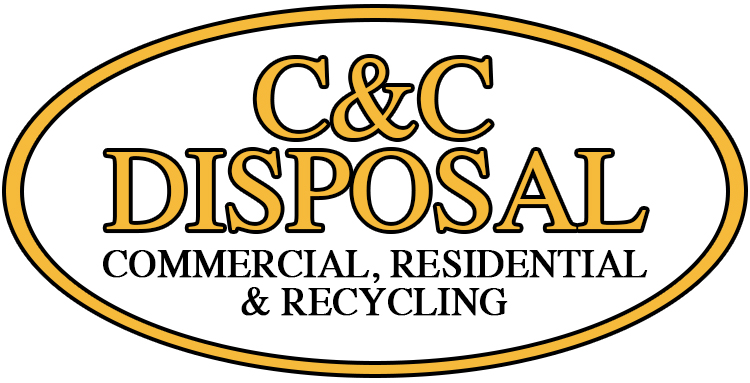
Whether you or someone in your home suffers year-round or seasonally from allergies or asthma, there are ways you can reduce the misery by cleaning correctly to remove allergens. Allergens can be any substance that causes an allergic reaction.
Regular weekly cleaning of your home is an important part of an allergy management plan. Even the act of cleaning–especially if it hasn’t been done in quite awhile–can trigger allergy symptoms as dust and other allergens are stirred up. If cleaning has been neglected for several weeks, wearing a protective mask is a good habit. Use the proper tools and cleaning products to trap allergens and prevent exposure to chemicals that might cause allergic reactions.1
Best Cleaning Tools for Allergen Reduction
Vacuum: The type of vacuum you choose makes a huge difference in allergen reduction.
If you don’t have a fine-particle HEPA filter vacuum, use a double bag to trap as many particles as possible.
Fabric Allergen Sanitizer Vacuum: These vacuums use ultraviolet light to kill dust mites and bacteria and then a dual filtration system to eliminate 99.9% of the offenders from fabric surfaces.
Washable Microfiber Cleaning Cloths and Mops: Microfiber cloths will attract dust better than cotton or paper towels. Choose tools with removable heads that can be tossed in the washer for a thorough cleaning. Dampen mops and cleaning cloths lightly before using to attract the most dust.
Disposable Dust Wipes: Synthetic dusting wipes and wands attract dust and create static cling that will hold the dust until it can be disposed of in the trash.
Protective Masks and Gloves: Opt for disposable or washable masks. Avoid latex gloves and choose cotton-lined rubber gloves instead to prevent skin irritation.2
Laundry Products: Choose detergents and other stain removal products that are dye free and unscented. Studies have shown that dye is often the culprit in skin irritation.3
Best Cleaning Products for Allergen Reduction
Unfortunately, some cleaning products can actually be irritants and cause the same symptoms as an allergen.4 Choose cleaning products that contain the fewest chemicals possible. It is particularly important to limit your exposure to products that include:
Ammonia
D-limonene
Formaldehyde
Sodium hypochlorite
Sodium lauryl sulfate
These chemicals have been identified as potentially irritating.5 Learn to read labels before you use a cleaning or laundry product.

Recent Comments